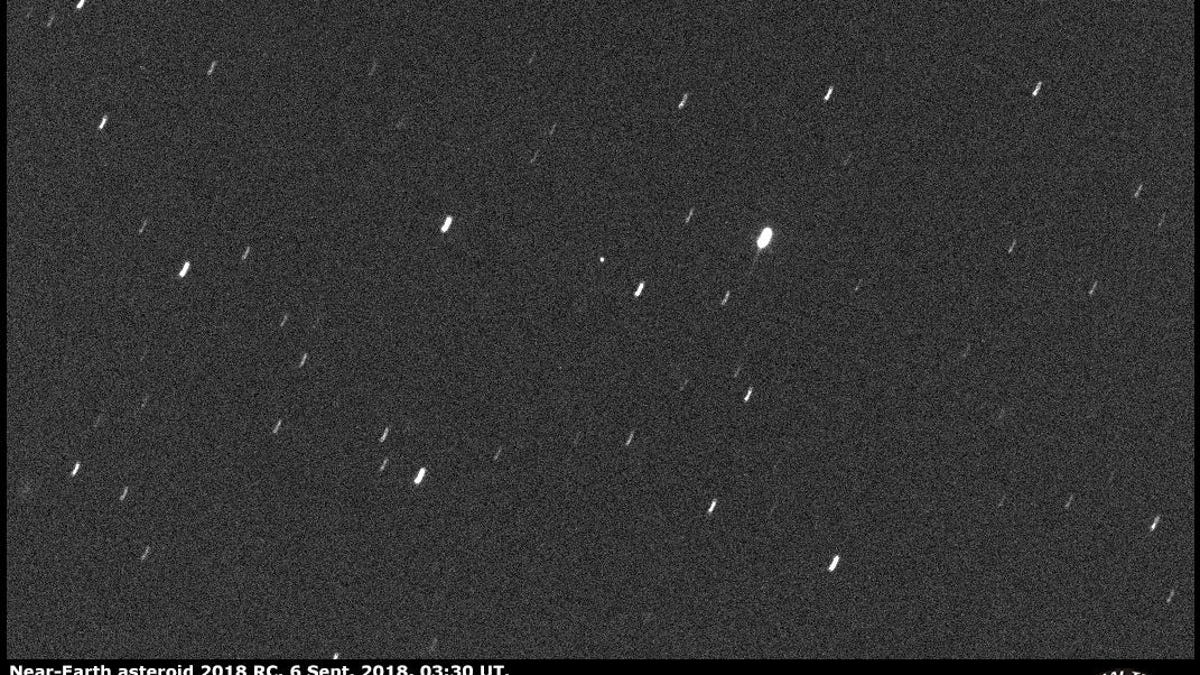Asteroid the size of an office building to whip by us Saturday
A piece of space debris will come between us and the moon's orbit this weekend, and you can get a glimpse of it.
It could be as tall as a 17-story apartment complex, and it will pass by Earth at about half the distance between us and the moon this weekend.
There's no need to worry, though. While the newly discovered near-Earth Asteroid 2018 RC will make a relatively close pass by our planet, it will still safely clear the neighborhood with no chance of a collision.
The University of Hawaii's Asteroid Terrestrial-impact Last Alert System (ATLAS) first spotted the asteroid on Monday, and it's estimated to measure up to 233 feet (71 meters) in diameter. That's the same height as the 17-story Kajima Building (also known as the California Bank and Trust Building) in Los Angeles.
On average, a few asteroids are seen zipping overhead at less than one lunar distance (238,000 miles or 384,000 kilometers) each month. Often, they aren't seen until they're already in our rearview mirror headed back out to deep space. One small asteroid was caught just before it impacted out atmosphere in early June.
The fact that 2018 RC is so large made it easier to discover almost a full week before its closest approach.
Asteroid 2018 RC will reach its nearest point to us of about 136,702 miles (220,000 kilometers) in the early morning hours Saturday at 5:06 a.m. PT, to be exact.
After its initial discovery, the Virtual Telescope Project in Italy captured the above image of the speeding space rock. The online observatory will also livestream our close encounter with it on Saturday via the feed below.


